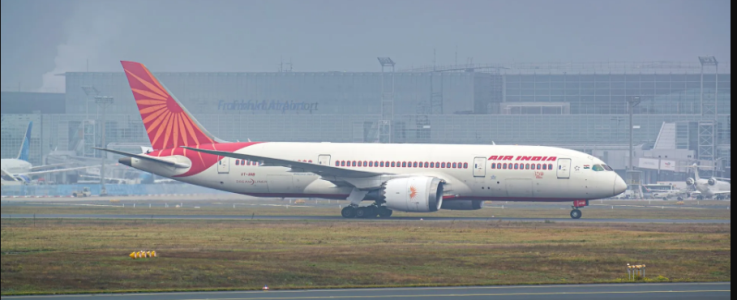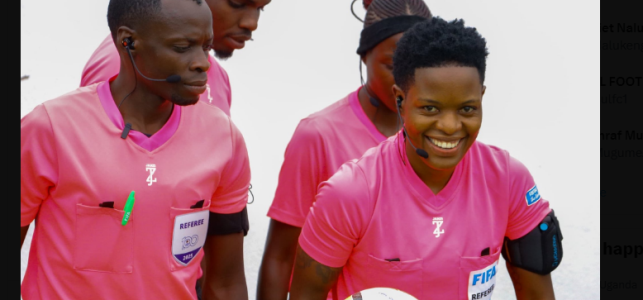It was meant to be a routine transcontinental journey: Air India Flight 171, a Boeing 787 Dreamliner, lifting off into the warm night sky en route from Ahmedabad to London Gatwick. But just minutes after takeoff on June 12, the aircraft vanished from radar, plunging into a residential district and igniting one of the deadliest aviation disasters in recent memory. All 255 people onboard perished. Another 19 died on the ground.

Now, a haunting exchange from the cockpit voice recorder has come to define the tragedy: “Why did you cut off?” “I did not.” Seconds later, both engines lost power. At the center of the international investigation is Sanjay Kumar Singh, a decorated former Indian Air Force officer with more than three decades of crash investigation experience. As the lead investigator for India’s Aircraft Accident Investigation Bureau (AAIB), Singh faces a chilling puzzle: How did the Dreamliner’s fuel control switches flip to ‘CUTOFF,” effectively killing both engines, without crew input?
The AAIB is coordinating closely with the U.S. National Transportation Safety Board (NTSB) and Hindustan Aeronautics Limited (HAL) to examine every inch of the aircraft’s design, from the fuel logic architecture and cockpit control redundancies to pilot interface systems and potential cybersecurity breaches. Flight data retrieved from the black boxes confirms a harrowing sequence: Moments after takeoff, both engines simultaneously lost thrust. One engine briefly attempted to recover, but the second never reignited. The aircraft descended uncontrollably for 72 seconds before impact.
The tragedy has prompted urgent safety reviews of Boeing’s Dreamliner fleet across Asia and Europe, particularly among carriers operating long-haul twin-engine configurations. Emirates-style 787s, equipped with similar avionics and control suites, are currently under enhanced scrutiny. This is not Singh’s first encounter with disaster. Last year, he headed the probe into an Air India Express flight that suffered an engine fire midair, an incident later linked to improper seal installation during maintenance. But Flight 171 is different, it is more mysterious, more devastating, and more politically charged.
Global aviation authorities are watching closely. The European Union Aviation Safety Agency (EASA) has already issued an airworthiness directive calling for inspection of electronic engine control units (EECUs) in 787s. The U.S. Federal Aviation Administration (FAA) is expected to follow suit. In London, vigils have been held for the victims, families, students, business travelers, and crew. At Ahmedabad airport, flowers pile beneath the now-silent Flight 171 departure gate. The world wants answers. And Singh’s team is racing against time to deliver them. This is more than a crash investigation. It’s a global reckoning with how modern aircraft behave, and sometimes, fail, when no one touches the controls.



